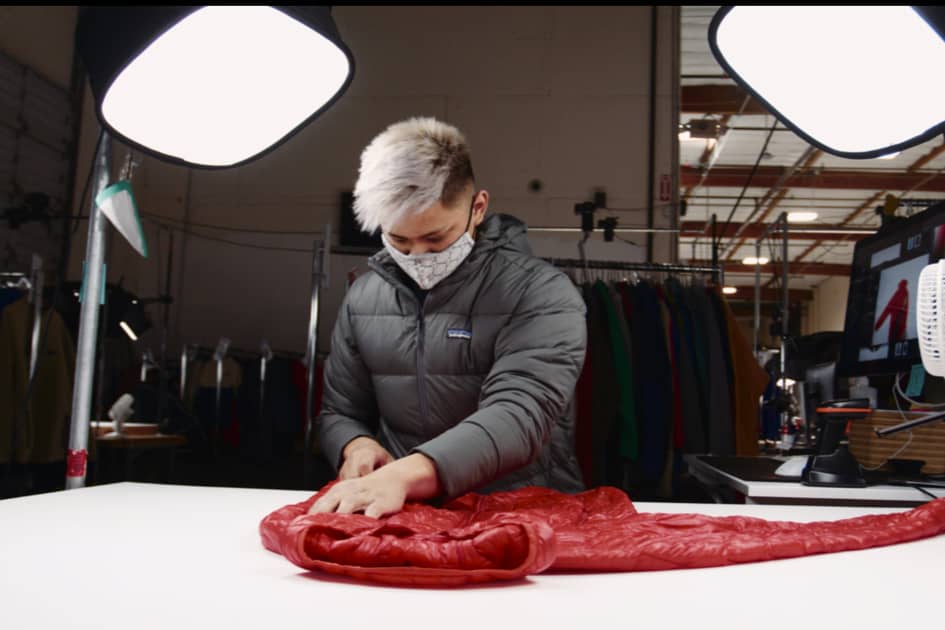Environmental product creation Credits: Trove
Up-and-coming product designers are faced with a diverse array of responsibilities. Beyond mastering their craft and immersing themselves in design history, they are now compelled to grasp the intricate principles of sustainability, comprehend environmental ramifications, and change gears to adopt life-cycle analysis.
The conventional perception of materials, once primarily evaluated for utility and aesthetics, must undergo a profound transformation. It now demands scrutiny regarding manufacturing methodologies, carbon footprint, ecological consequences, and endurance.
In the present design landscape, the post-usage phase of a product has ascended to parallel importance with its functional life. Consequently, young designers confront a more constrained array of choices. The days of uninhibited availability devoid of repercussions are over. Their decisions necessitate the selection of renewable resources and a proficiency in constructing designs conducive to disassembly. To this end, they must avoid using harmful substances and prioritise materials that can be recycled or repurposed. Most importantly, they must create products that are built to last.
By channeling their focus towards excellence, durability and ease of repair, they endeavour to elongate the lifespan of products, diminishing the need for replacements. This ethos of design marks a distinct departure from the prevailing culture of fast fashion corporations, propelling emerging fashion designers toward solutions that transcend mere commercial gains.
At the University of the Arts London (UAL), a significant shift is underway. In particular, students at Central Saint Martins, acknowledged globally for their pioneering vision in product development, have forged a partnership with UPM Biochemicals, to develop climate neutral materials. Their ambition is to develop the next generation of product materials without relying on fossil fuels.
New design protocols
A pivotal directive for these students is to avoid unnecessary design features and components that could lead to resource-intensive production and complex disposal processes. Instead, they are guided by a design philosophy that has the potential to spur lifestyle changes, foster sustainable practices, and champion localised production. Through synergistic engagements with suppliers, manufacturers, and stakeholders such as UPM, an era of novel product design emerges, heralding a renaissance in design principles, and underscoring that the effort to address environmental challenges must be collective.
http://dlvr.it/StY37l

No comments:
Post a Comment